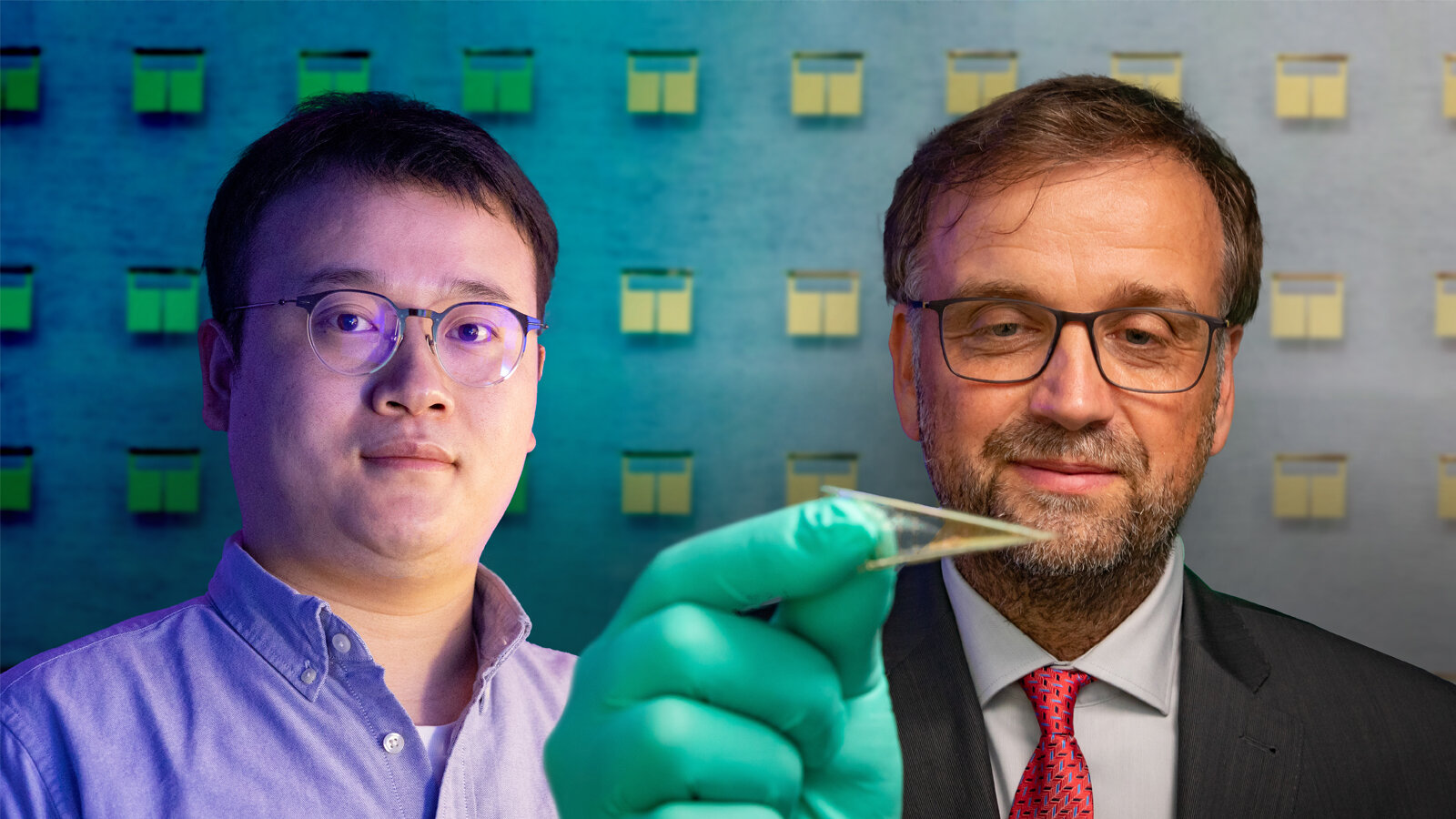Researchers in Chemnitz, Germany have created a new self-assembling battery small enough to fit into a computer the size of a particle of dust.
It’s the world’s smallest battery, and it assembles itself the way a Swiss roll would, the researchers say. Detailed in a new paper published in the peer-reviewed journal Advanced Energy Materials, the battery is less than one square millimeter across, capable of powering small devices for hours at a time.
Videos by VICE
It’s called an on-chip microbattery—meaning it’s small enough to fit on an electronic chip—and it’s composed of a few layers of thin electronically-charged polymer film stacked on top of each other, with electrode pillars conducting current through the film. It’s a few hundred micrometers in size overall, and self-assembles into a Swiss roll-like cylinder to enhance its power capacity.
“At scales of less than one square millimetre, like micro-robots or micro implantable devices, there are no usable batteries,” said Dr. Minshen Zhu, researcher at the Chemnitz University of Technology and corresponding author on the paper in an email to Motherboard. “By using the technology we proposed, it is possible to shrink the thin film batteries to less than one square millimeter.”

The Swiss-roll design is a typical one for across all sizes of batteries, the researchers note in the paper. Tesla batteries, for instance, are wound into a cylinder, and achieve 28 times the energy storage that they would for the same size footprint as a result, the paper notes.
But jelly rolling is difficult at this scale: The layers the Chemnitz University of Technology researchers were working with are notably thin and brittle, and the technology required to wind them is not available at a mass production level. So, the researchers turned to a self-assembly technique they call micro-origami, in which tension between the layers, when immersed in liquid, causes them to spontaneously roll up around each other.
“For full-sized batteries, like the Tesla battery, a winding machine is used to create Swiss roll structure,” Zhu explained. “But no tools are available at the microscale. As such, the material can only be allowed to form the appropriate structure spontaneously.”
This structure results in a rechargeable cylindrical energy storage system that is capable of fitting into the world’s tiniest computer chips and powering them for 10 hours, the researchers told New Atlas. Chips this small have been used for vital medical devices and could be used for ultra-flexible electronics, microcomputers, robotic systems, or sensors that go inside the human body, the researchers say.
Per Bell’s Law, they note in the paper, computer classes miniaturize by about 100 times per decade. Scaling down battery sizes could help usher in a new era of microcomputing, the researchers hope — opening new doors for science and medicine.
“Our finding can be a milestone for the development of microbatteries,” Zhu said, admitting that his team still has work to do to optimize the development of the devices. “These tiny batteries could be very good supplementary power sources for micro-robots or micro-implantable devices.”
More
From VICE
-

Sanja Baljkas/Getty Images -

Terrance Barksdale from Pexels -

Christina House / Los Angeles Times via Getty Images -

Photo: Whiteland Police Department
